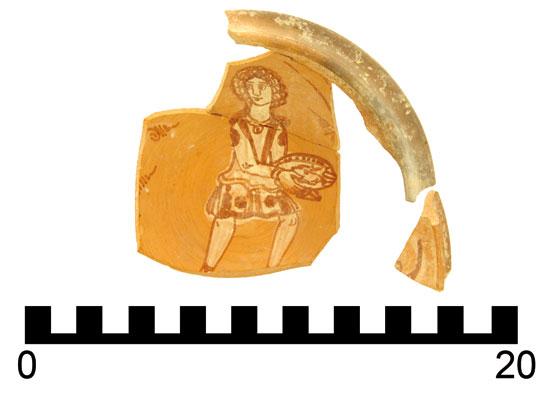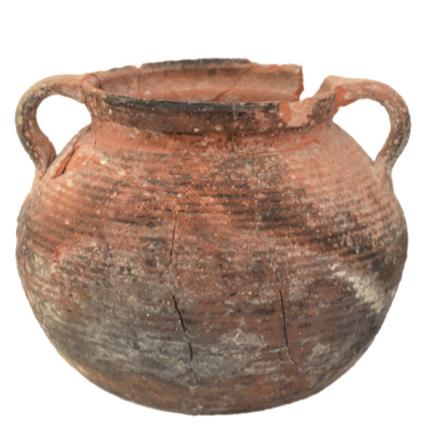You are here
Project seeks to fill archaeological gap of Jerash
By Saeb Rawashdeh - Nov 26,2018 - Last updated at Nov 26,2018
AMMAN — A Danish-German project is attempting to address the problem of poorly-documented mediaeval material found at sites like Jerash with a new research initiative called “Ceramics in Context”.
After the discovery of a Middle Islamic hamlet during excavations conducted by the Danish-German Jerash Northwest Quarter Project, the initiative was launched to properly analyse Middle Islamic ceramics, noted Alex Peterson who is affiliated with Aarhus University in Denmark.
“Since research on Middle Islamic ceramics remains at an early stage, the project aims to contextualise the material and investigate pottery in a way that sheds light on past societies, diet, daily life, trade and manufacturing, Peterson said, adding that the research team has also conducted several high definition approaches to the material, such as performing “lipid analysis on shards in a lab“.
This contextual and empirical approach to the material attempts to improve our understanding, since in the past Middle Islamic ceramics were often roughly published with little contextualisation he explained, stressing that the focus on this period of the project aims to produce a more holistic synthesis of both the pottery and the settlement history of Middle Islamic Jerash.
During classical times Jerash’s pottery was well known and exported to other regional centres. However, unlike in antiquity, Middle Islamic Jerash no longer produced large amounts of ceramics for an export market, the archaeologist explained
“For example, slip-painted glazed vessels have been excavated from the northwest quarter — a type of vessel known to be produced in workshops in south-western regions of the Levant. The hamlet was not an isolated farmstead, but also had connections to the wider region, which is visible in the ceramic record,” he pointed out.
The Mamluk period (1250-1517), which is an integral part of the Middle Islamic era, has little documented evidence, the scholar elaborated, stating that in the northwest quarter there appears to be a gap in settlement history between the Early Islamic period and the Middle Islamic period.
“After the earthquake of 749AD, the hilltop was abandoned until the foundation of the hamlet was excavated by the Danish-German Northwest Quarter Project,” he said.
Overall, there is little evidence documented for the Middle Islamic settlement in Jerash, Peterson maintained.
“Therefore, the hamlet in the northwest quarter and the node of settlement near the Temple of Zeus are the only known settlements dating to this period,” he underlined, adding that Ottoman tax records mention the existence of a village in Jerash which “grew cereal crops, made honey and raised goats during the 16th century”.
“Nevertheless, much work remains to be done to better understand the settlement history of Jerash during the Middle and Late Islamic periods,” Peterson underscored.
Related Articles
AMMAN — From the Roman period to Early Islamic times, Jerash had a “strong and continuous” pottery production, according to two scholars who
AMMAN — Although the focus of the archaeological research conducted in Jerash has been centred on the main road, the Danish-German Jerash No
AMMAN — Though common ware pottery have been found in great number at classical excavations throughout the world, little attention has hithe



















